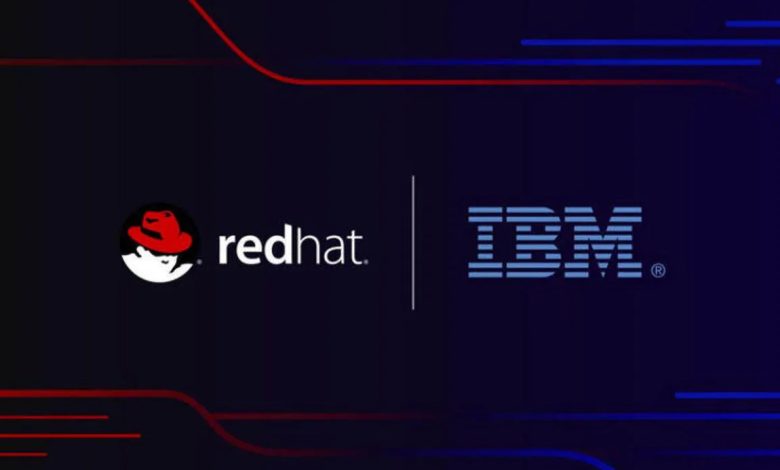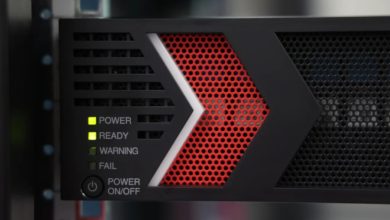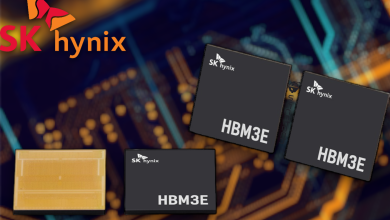
IBM assimilating Red Hat’s portfolio of storage solutions isn’t exactly news. Red Hat, after all, is owned by IBM.
With a devoted following of Ceph, Gluster, Permabit, NooBaa, OpenStack and OpenShift users, it is almost a done deal that Red Hat will be a boon for IBM Storage, which hasn’t been doing well over the past few years. Over the course of Big Blue’s lost decade, in fact, IBM Storage hardware revenue has been declining sharply, and it is a trend that has not reversed as of yet.
Not coincidentally, IBM has stopped releasing its storage numbers to Gartner over the past seven to eight quarters. It is a curious decision that may only mean one thing: Big Blue’s numbers have gotten so low they are embarrassing already. The benefit of the doubt notwithstanding, the reality is that IBM Storage is no longer in pole position in the storage wars—far behind leaders Dell and HPE and trailing even NetApp and Huawei. Red Hat’s portfolio of storage solutions can change the calculus for IBM, enough to maybe push it back to the top 3 or at least sit firmly in the top 5. Either way, Big Blue wins.

That win, however, might very likely come at the expense of Red Hat surrendering its storage portfolio to brother Big Blue, who may choose to take over it entirely—a stark possibility according to Chin-Fah Heoh, a founding member of and Chairman at SNIA® Malaysia.
“Red Hat is going great guns with OpenShift. Kubernetes and the containerisation of workloads are the obvious fuel to Openshift’s rise. And Red Hat has several storage platforms that are doing well—Ceph, Gluster, Permabit, which you don’t see much, and NooBaa, and not to mention OpenStack 17 that was just released a few weeks ago,” Chin-Fah told AOPG. “With IBM spinning out Kyndryl, and without a strong revenue growth engine other than mainframe, which comes every three-year cycle, the temptation and the desire to usurp Red Hat’s storage stable is an obvious thing to do. I fear how IBM will drive the RH Storage portfolio of technology to a point of obscurity.”
In short, Chin-Fah fears that IBM might cannibalise Red Hat’s storage solutions.
Granted, Chin-Fah is speculating here but he may have a point. Beyond Big Blue’s well-documented struggles for well over a decade now is its checkered history of botching acquired assets. IBM misplaying its hand with Watson Health immediately comes to mind, and it is a grim reminder that Big Blue does not always have the Midas’ Touch. On more than one occasion, in fact, IBM has had a Sidam Touch, turning assets to deadweight as in the case of SPSS Inc., Cyanea, Truven Health, Novus Consulting, Kenexa and SoftLayer Technologies, among others.
In other words, there is an oft-chance that IBM will try to get involved with Red Hat’s storage portfolio. It might look to get involved a little too much that it can mess up a good thing, to the point of maybe turning off what Chin-Fan describes as Red Hat’s “biggest strength”—the engagement of its open-source community.
 But if it’s any consolation to Hatters, IBM has largely let Red Hat run independently, mostly taking a hands-off approach since that 2018 acquisition. And it seems Arvind Krishna, CEO at IBM, knows where the lines are in this case, at least according to former Red Hat CEO Paul Cormier in an interview with The Register in 2020.
But if it’s any consolation to Hatters, IBM has largely let Red Hat run independently, mostly taking a hands-off approach since that 2018 acquisition. And it seems Arvind Krishna, CEO at IBM, knows where the lines are in this case, at least according to former Red Hat CEO Paul Cormier in an interview with The Register in 2020.
“Ain’t gonna to happen. It’s not going to happen,” Cormier said emphatically when asked about the possibility of IBM potentially being more hands-on with Red Hat. “They [IBM] understand that would disrupt Red Hat’s side and disrupt our partners. We work closely with Amazon, we work closely with Google. We have to keep those relationships intact and the only way we could do that is by continuing to show our neutrality and our independence. Everybody understands that.”
But things change. Cormier is no longer CEO (he was replaced this July by Matt Hicks), and Red Hat has since discontinued CentOS, a Red Hat Enterprise Linux alternative that is also free and supported by the open-source community. Now, IBM is assimilating Red Hat’s storage portfolio—a seemingly innocuous move that can potentially be a death knell of that aspect of Red Hat.
Bigger picture, one “assimilation” might be all it takes for IBM to want more of the entire Red Hat pie. And, as we’ve stated previously, Big Blue can get what Big Blue wants from a company it technically owns already. Things playing out that way might well turn out rosy for both companies. Or it might as well be the beginning of the end for Red Hat as we know it—cannibalised by a once-mighty titan that can’t seem to get out of its own way.
The waiting game begins.




